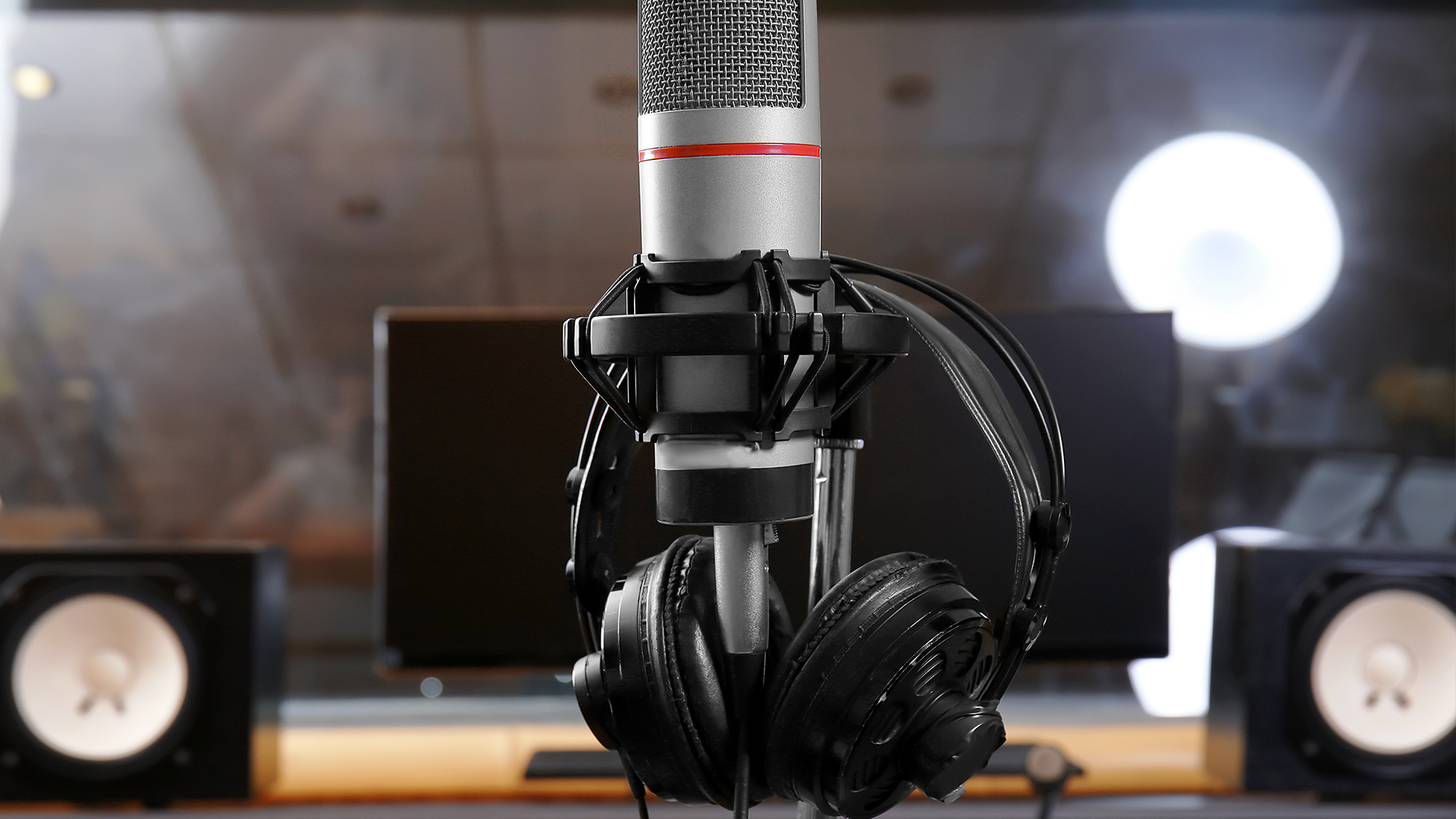Key Takeaways
- Audiophile headphones combined with a condenser microphone outperform gaming headsets in audio quality.
- Headphones tend to be lighter and more comfortable for long listening sessions.
- Combine high-quality headphones with a condenser microphone for superior sound at a lower cost.
If you’re in the market for a new gaming headset, it’s tempting to just buy whatever model is currently the most popular on Amazon. Before you drop your hard-earned cash, let me stop you right there. Allow me to suggest an alternative that’s worth your attention.
Significantly Better Sound Quality
While gaming headsets have come a long way in sound quality over the past few years, they still can’t compete with true audiophile headphones when it comes to accurate and satisfying sound reproduction. Audiophile headphones provide a well-balanced listening experience, whereas gaming headsets prioritize bass to provide a cheap sense of game immersion.
Unlike audiophile headphones, which always stay the same, gaming headsets tend to chase trends and marketing gimmicks. One of the most prominent was the hyper fixation on 5.1 and 7.1 true or virtual surround sound, which promises to deliver a superior spatial audio experience. Fortunately, that has died down in the past few years as gamers realized it was pointless. Most modern games feature well-designed audio engines that provide realistic spatial audio processing on any stereo headphones, making the supposed advantage of dedicated surround sound headsets minimal, if not non-existent.
You’ll only get good sound quality from good headphones made by brands that cater to audiophiles, such as Sennheiser, Beyerdynamic, HiFiMan, Audio-Technica, Philips, Focal, Audeze, and so on. Some of these brands technically offer gaming headsets that might offer above-average sound quality, but they still tend to fall short of their dedicated headphones.
While the difference in audio playback is quite significant, the gap in recording quality isn’t even comparable. Gaming headset microphones range from completely unusable to merely passable, whereas a cheap standalone condenser microphone can make you sound like you’re recording a podcast or audiobook. I recently picked up the HyperX SoloCast and all my friends on Discord were surprised by the sound quality.
Instead of sound, gaming headset manufacturers often prioritize flashy designs that appeal to young gamers. The worst offender is intricate RGB lighting, which is, in my opinion, the most useless thing you can have on a headset. It’s not that I’m against RGB—I love it—it’s just that I don’t see the point in having it on a device you wear.
Better Comfort and Convenience
Generally speaking, gaming headsets tend to be bulkier and heavier than headphones because they pack more hardware. The built-in microphone is partly to blame, but the list of extra components can also include RGB, built-in sound cards, heavy padding, and, for wireless headsets, large batteries that can handle both audio input and output for many hours. A standard headphones’ minimalist design makes them lighter and more comfortable for long listening sessions, and you can wear them outside without feeling out of place.
However, weight isn’t the only thing that makes gaming headsets a hassle. I find that having a microphone hanging in front of your mouth at all times is incredibly annoying. It’s always in the way, making eating and drinking so much harder, and there’s the added risk of grease and crumbs from your food landing on the mic.
Some headsets allow you to move or retract the microphone, but moving it too far away from your mouth results in significantly worse sound quality. Plus, without noise filtration features (like Discord’s Krisp), the mic will pick up unwanted sounds from your mouth, such as chewing and drinking.
The only situation where a gaming headset is more convenient is when you have a wireless model and want to walk around your house without dropping the call. You can do that with wireless headphones, too, but you won’t have a mic to talk back. Some of my friends love this feature, but personally, I prefer taking a breather from my computer and Discord.
Better Value for Money
Gaming headsets are notorious among audiophiles for their inferior sound quality despite their relatively high price tags. You have to shell out around $80–$100 for a half-decent gaming headset, such as the HyperX Cloud III or SteelSeries New Arctis Nova 3, and more if you want gimmicks like RGB and haptic vibrations. However, for the same price or less, you can get significantly better sound quality by combining a pair of $40–$50 high-quality headphones with a $30 cardioid condenser microphone.
While gaming headsets are hit or miss for non-gaming uses, like listening to music, a good pair of headphones will sound great in basically any scenario. Still, the most noticeable difference will be in the microphone.
A decent, inexpensive condenser mic can last for years and will always outperform gaming headsets. Since it has a significantly larger diaphragm, it records sound more effectively. It’s especially good at capturing low frequencies, which can give your voice that podcast-quality feel. Plus, you can conveniently use it with speakers when you’re not in the mood to wear headphones.
If One Breaks, You Don’t Lose the Other
I’ve gone through my fair share of broken headsets, and chances are, you have too. Since headsets are complex and include additional wiring for the microphone, there are simply more parts that can break. Retractable microphones are especially notorious for their poor durability, though headsets with detachable mics do exist. When something breaks outside the warranty period, you’re left with two options: trying to fix it yourself or paying a hefty repair price.
With headphones and microphones, you’ll only lose one at a time, so it’s much cheaper to get a replacement. A standalone mic is extremely unlikely to stop working on its own, though. You’d have to spill a drink onto it or yank the cable too hard. Headphones are more likely to break; the cable is usually the first to go, so I recommend getting a pair with a detachable cable. Gaming headsets with detachable cables are rare. Only wireless models typically have a USB or 3.5mm cable that you can use when the headset’s battery dies.
While gaming headsets have their place, especially for gaming on a laptop, I strongly believe that most people are better off with a good pair of headphones and a standalone mic. You get more flexibility with your options and better value for money, even if you have to pay a bit more to get the combo you want.
















